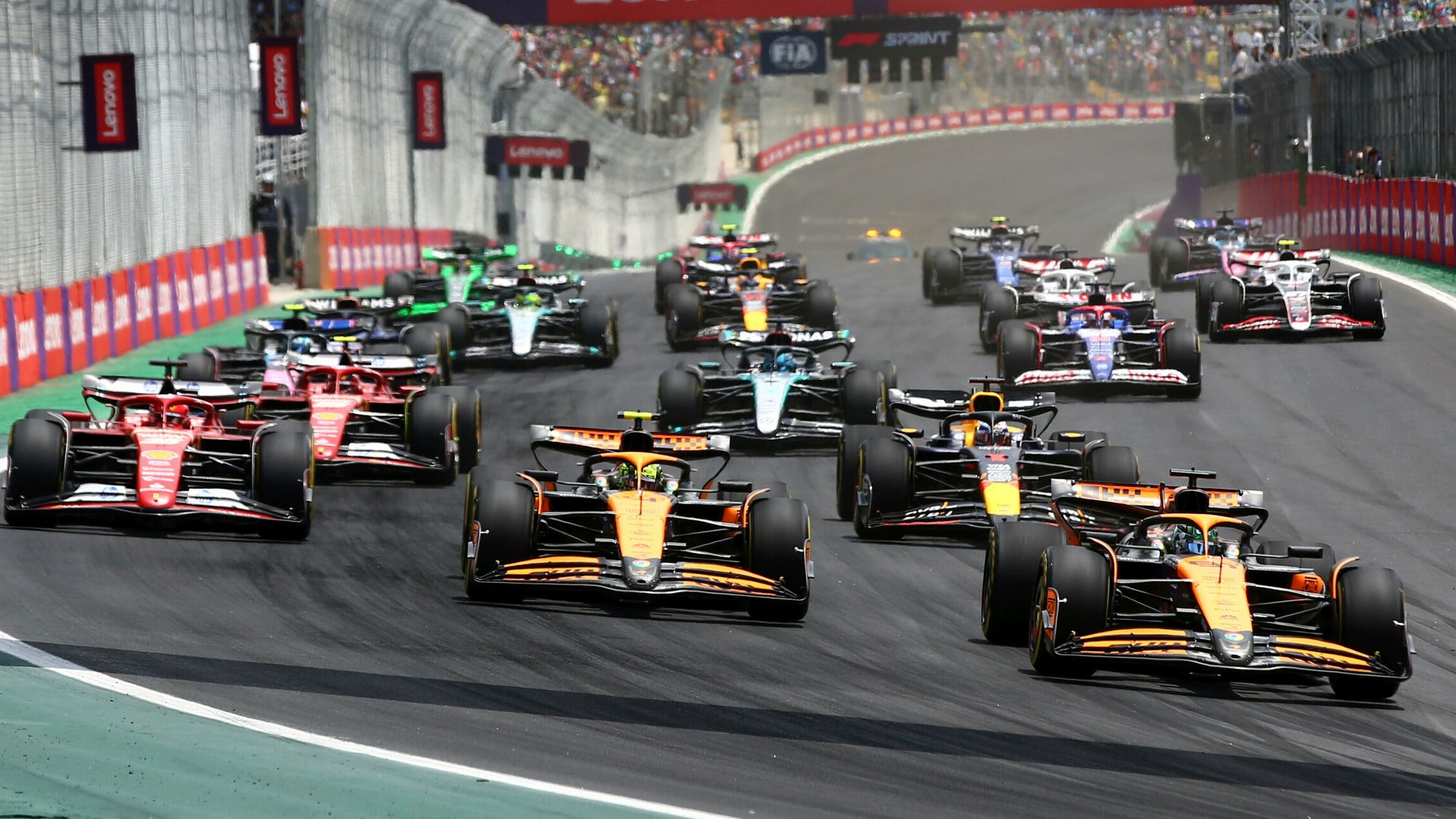Interlagos: The Battlefield of F1’s Most Divisive Title Showdown, Where Legends Rise and Fall Amidst Chaos and Controversy
As the Formula 1 season approaches its thrilling climax, all eyes turn to Brazil, specifically the iconic Interlagos circuit, known formally as the Autódromo José Carlos Pace. With its undulating track and passionate fans, this venue is not just a race; it is a battleground where legends are forged, rivalries intensify, and the stakes reach their zenith. The Sao Paulo Grand Prix has a storied history of delivering dramatic moments that can alter the course of championship battles, making it a focal point for fans and pundits alike.
The Brazilian Grand Prix has long been a stage for pivotal moments in Formula 1 history. From Ayrton Senna’s emotional victories to Michael Schumacher’s controversial clashes, Interlagos has seen it all. The unique characteristics of the circuit, combined with unpredictable weather, create an environment ripe for drama. Rain can transform the race at any moment, leading to unexpected outcomes and heart-stopping action. This unpredictability adds an element of chaos that can shake up the championship standings, making it a must-watch event for those invested in the title fight.
In recent years, the Sao Paulo Grand Prix has witnessed some of the most electrifying title deciders. The 2021 race, for example, became legendary when Lewis Hamilton staged a remarkable comeback after starting from the 10th position. His fierce battle with Max Verstappen not only provided a spectacle for fans but also reignited one of the most intense rivalries in the sport’s history. The tension between these two drivers, amplified by their contrasting styles and personalities, has turned Interlagos into a microcosm of the larger championship narrative.
The Brazilian crowd plays a crucial role in the atmosphere of the event. Known for their fervent support and passionate displays, Brazilian fans create an electric environment that enhances the drama on track. Their enthusiasm can rally drivers to perform at their best or, conversely, amplify the pressure on those in contention for the championship. This dynamic adds a psychological layer to the race, where not just skill but mental fortitude becomes critical.
Beyond the immediate action on the track, the Sao Paulo Grand Prix serves as a reflection of broader themes within Formula 1. The sport has seen a significant evolution in recent years, with increasing attention on issues such as diversity, sustainability, and the impact of technology. Interlagos, with its rich cultural backdrop, provides a unique platform for these discussions to unfold. The race often coincides with initiatives aimed at promoting inclusivity and environmental awareness, aligning with the sport’s efforts to engage with a global audience that is increasingly vocal about social issues.
Moreover, the economic implications of hosting the Brazilian Grand Prix cannot be overlooked. The event attracts a substantial influx of tourism, benefiting local businesses and highlighting the importance of Formula 1 as a driver of economic activity. However, the financial strain on the organizers and the Brazilian government raises questions about the sustainability of hosting such high-profile events. The balance between economic benefits and the financial burden of hosting a Grand Prix is a topic of ongoing debate among stakeholders.
As the championship battle unfolds, the narrative surrounding Interlagos becomes even more complex. Each race is not just a contest of speed but a clash of personalities, strategies, and the ever-present influence of team dynamics. The pressure to perform in front of a passionate crowd can lead to moments of brilliance or miscalculation, with championship implications hanging in the balance. This tension is what makes the Sao Paulo Grand Prix a critical juncture in the F1 calendar, where the fate of drivers and teams can change in an instant.
Looking ahead, the potential for controversy at Interlagos remains high. The 2023 season has already been filled with its share of contentious moments, and as teams and drivers prepare for the Brazilian Grand Prix, the stage is set for further drama. The ever-evolving regulations, combined with the fierce competition between established stars and rising talents, ensures that the narrative will remain compelling. Interlagos is not just a race; it is a crucible for the sport’s most significant storylines, where every lap can redefine legacies and reshape the future of Formula 1.
The Sao Paulo Grand Prix is emblematic of what makes Formula 1 a captivating spectacle. The combination of high-stakes racing, passionate fans, and the backdrop of Brazilian culture creates an atmosphere that is unparalleled. As the title battle rages on, Interlagos promises to deliver the kind of drama that keeps fans on the edge of their seats, eagerly anticipating the next twist in this enthralling saga. The legacy of this race is not merely about who crosses the finish line first but about the stories that unfold, the rivalries that ignite, and the moments that become etched in the annals of motorsport history.

